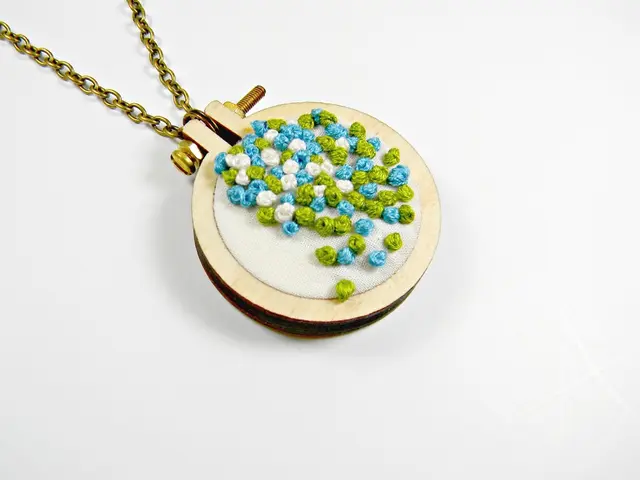Devices Hacked for Individualized Design and Aesthetics
In the world of consumer electronics and homeware, there's a growing trend that seeks to balance the needs for both functionality and individual expression. This phenomenon, often seen in the rise of personalized ornamentation, offers a contemporary solution to the age-old form versus function debate.
Minimalist design, with its emphasis on simplicity, efficiency, and multifunctionality, has become the norm in many product categories. However, this streamlined aesthetic can sometimes feel impersonal or bland to consumers. To counterbalance this, companies and consumers are increasingly embracing personalization and customization options.
For instance, in the realm of 2025 trends in homeware and kitchen electronics, modular, multifunctional designs dominate, supporting function while maintaining sleek aesthetics. Simultaneously, personalized and customizable kitchen products have grown in popularity, enabling consumers to adapt minimalistic units to their tastes and needs. This personalization trend is both aesthetic and functional, reflecting users’ desire for products that meet specific lifestyle demands while allowing personal expression.
In the direct-to-consumer brand landscape, minimalism is widely adopted but also criticized for leading to a somewhat predictable, homogenized aesthetic. Personalized ornamentation emerges here not only as decoration but as a meaningful differentiator.
The slab smartphone design, which prioritizes screen space over form, is a prime example of this trend. Despite the emphasis on slimness, many people choose to add thicker smartphone cases for aesthetic purposes. This ironic juxtaposition underscores the ongoing need for individual expression in a world where function is often prioritized over form.
Cars, positioned somewhere between cellphones and houses in terms of design and function, offer another perspective. While the purpose of houses remains the same, they are not all identical in appearance. Similarly, cars come in a variety of shapes, sizes, and styles, despite serving the same basic purpose.
This balanced approach accommodates diverse consumer values and preferences in a market increasingly driven by both performance and identity. The author, in an article titled "The Death Of Industrial Design And The Era Of Dull Electronics," discusses the overemphasis on function at the expense of design in consumer goods. However, the author argues that there is still room for both form and function in the world of consumer goods.
In conclusion, while minimalism streamlines the product’s core purpose, personalized ornamentation reintroduces a nuanced form, resolving the dilemma by integrating both aspects harmoniously. This approach allows consumers to express their individuality while still benefiting from efficient, functional products. The slab smartphone design, despite being a prime example of the "form follows function" aesthetic, may not have completely solved the form-versus-function debate, as it allows for personalized ornamentation. The universal desire is to make things personal and have them represent one's work, and this desire is increasingly being met in the world of consumer goods.
- In the world of smartphones, the slab design, while emphasizing function, has led some users to opt for thicker cases to personalize their devices, showcasing the ongoing need for individual expression.
- As the popularity of minimalist hardware and electronics grows, the market is responding by offering personalization and customization options, enabling consumers to express their unique styles while enjoying functional products.
- The trend of personalized ornamentation in cars, each with its distinct appearance despite serving the same basic purpose, mirrors the shift in the smartphone market, demonstrating the increased demand for both functional and individually expressive products in the consumer goods industry.




